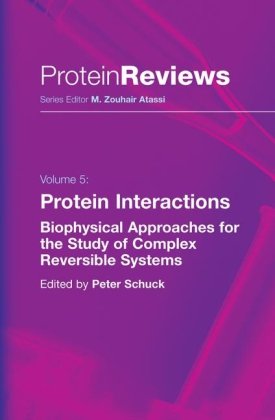

Most ebook files are in PDF format, so you can easily read them using various software such as Foxit Reader or directly on the Google Chrome browser.
Some ebook files are released by publishers in other formats such as .awz, .mobi, .epub, .fb2, etc. You may need to install specific software to read these formats on mobile/PC, such as Calibre.
Please read the tutorial at this link: https://ebookbell.com/faq
We offer FREE conversion to the popular formats you request; however, this may take some time. Therefore, right after payment, please email us, and we will try to provide the service as quickly as possible.
For some exceptional file formats or broken links (if any), please refrain from opening any disputes. Instead, email us first, and we will try to assist within a maximum of 6 hours.
EbookBell Team

4.8
24 reviews
ISBN 10: 0387359656
ISBN 13: 9780387359656
Author: Peter Schuck
When I was invited to edit this volume, I wanted to take the opportunity to assemble reviews of different biophysical methodologies for protein interactions at a level suf?ciently detailed to understand how complex systems can be studied. There are several excellent introductory texts for biophysical methodologies, many with hands-on descriptions or embedded in general introductions to physical b- chemistry. The goal of the present volume was to present state-of-the-art reviews that do not necessarily enable the reader to carry out these techniques, but to gain a deep understanding of the biophysical observables, to stimulate creative thought on how the techniques may be applied to study a particular biological system, and to foster collaboration and multidisciplinary work. Reversible protein interactions involve noncovalent chemical bonds, pro- cing protein complexes with free energies not far from the order of magnitude of the thermal energy kT. As a consequence, they can be highly dynamic and may be controlled, for example, by protein expression levels and changes in the intracel- lar or microenvironment. Reversible protein complexes may have suf?cient stab- ity to be puri?ed for study, but frequently their short lifetime essentially limits their existence to solutions of mixtures of the binding partners in which they remain populated through dissociation and reassociation processes. To understand the function of such protein complexes, it is important to study their structure and dynamics.
The Characterization of Biomolecular Interactions Using Fluorescence Fluctuation Techniques
Characterization of Protein–Protein Interactions Using Atomic Force Microscopy
Combined Solid-Phase Detection Techniques for Dissecting Multiprotein Interactions on Membranes
Surface Plasmon Resonance Biosensing in the Study of Ternary Systems of Interacting Proteins
Mass Spectrometry for Studying Protein Modifications and for Discovery of Protein Interactions
H/2H Exchange Mass Spectrometry of Protein Complexes
Elucidation of Protein–Protein and Protein–Ligand Interactions by NMR Spectroscopy
Application of Isothermal Titration Calorimetry in Exploring the Extended Interface
Solvent Mediated Protein–Protein Interactions
Sedimentation Equilibrium Analytical Ultracentrifugation for Multicomponent Protein Interactions
Structure Analysis of Macromolecular Complexes by Solution Small-Angle Scattering
Fluorescence Detection of Proximity
Steady-State and Time-Resolved Emission Anisotropy
Analysis of Protein-DNA Equilibria by Native Gel Electrophoresis
Electrospray Ionization Mass Spectrometry and the Study of Protein Complexes
Sedimentation Velocity in the Study of Reversible Multiprotein Complexes
protein protein interactions
rna protein interactions
dna protein interactions
what factors contribute to protein protein interactions
string protein interactions
protein protein interactions database
Tags: Peter Schuck, Interactions, Biophysical